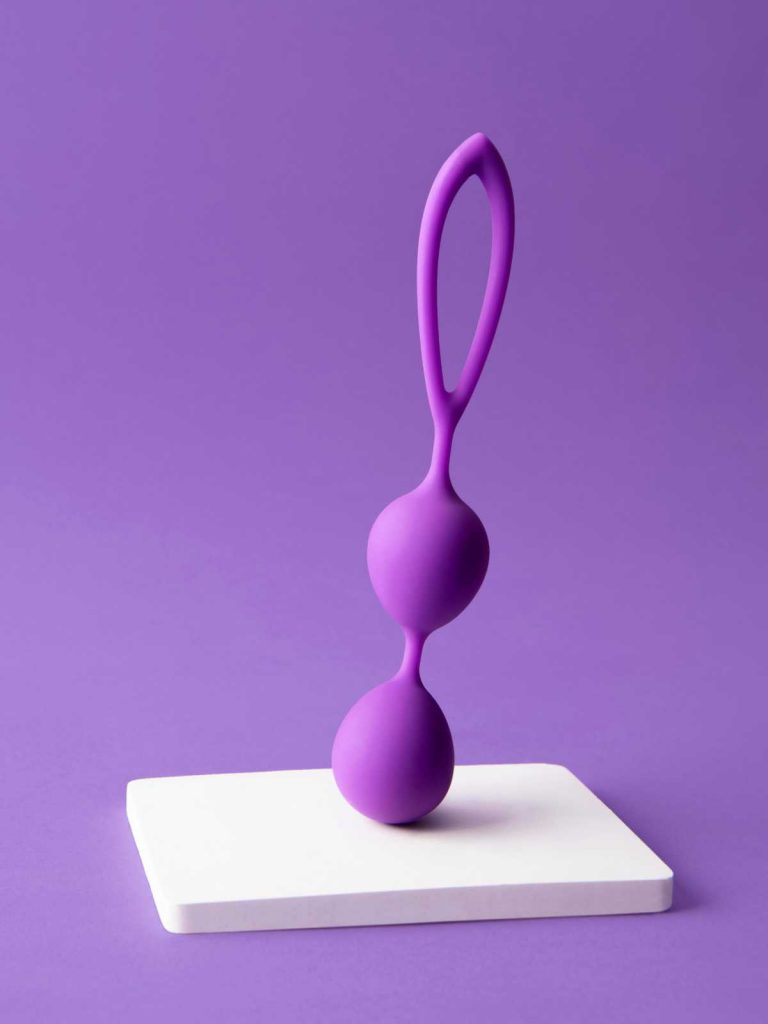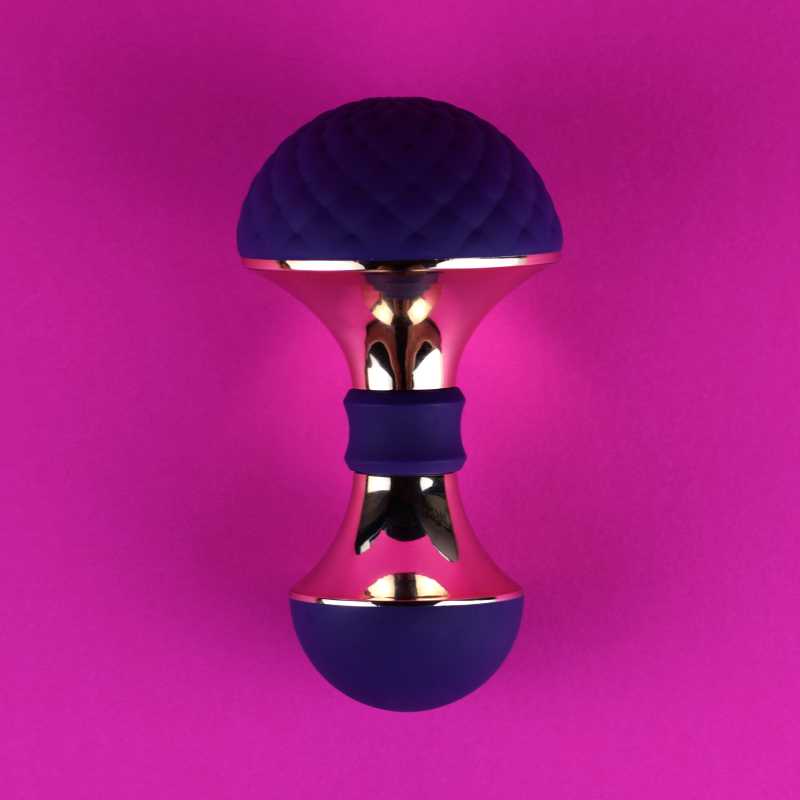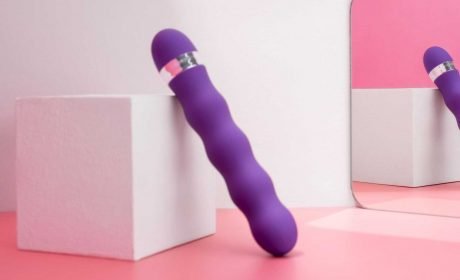
- March 23, 2024
- 8:59 pm
- 1 comment
Pleasure is a fundamental part of the human experience. It’s a powerful driving force that can lead us to explore new horizons, seek accomplishments, and find satisfaction in life. This article delves into the art of pleasure, offering a guide to understanding and making the most of life’s joys
“Sex is an art; most people only doodle” -Marilyn Monroe
Understanding Pleasure
Pleasure is an emotional response to a positive experience. It can range from the simple joy of savoring a delicious meal to the complex satisfaction derived from achieving a long-term goal. Pleasure is not merely a physical sensation; it encompasses emotional and psychological experiences as well. When it comes to sexual pleasure, it’s about much more than just the physical act itself. It involves a deep connection with oneself and/or a partner, exploring desires, and experiencing intimacy on multiple levels. Sexuality is a complex and multifaceted aspect of human experience, intertwining physical sensations with emotional and psychological fulfillment. Thus, viewing sex as an art highlights the depth and intricacy involved in achieving true pleasure and fulfillment in this aspect of life.

- The Science of Pleasure Our brains are wired to seek pleasure, a trait that has been crucial for our survival as a species. The “pleasure center” in our brain, which includes areas like the nucleus accumbens, releases dopamine, a neurotransmitter associated with feelings of pleasure and reward.
- The Pursuit of Pleasure The pursuit of pleasure is a personal journey that varies from one individual to another. What brings joy and satisfaction to one person may not necessarily bring the same to another. This journey might involve exploring new activities, pursuing different interests, or simply taking time to relax and enjoy the present moment.
- The Balance of Pleasure While seeking pleasure is an essential part of life, it’s equally important to maintain a balance. Overindulgence can lead to negative consequences such as addiction or chronic dissatisfaction. Therefore, balancing the pursuit of pleasure with other needs and responsibilities is crucial.
- Pleasure and Well-being Pleasure plays a significant role in our overall well-being. Engaging in activities that bring us pleasure can reduce stress, improve our mood, and contribute to our overall happiness. However, it’s important to remember that true well-being often involves a mix of both pleasures and meaningful activities.
Why do woman orgasm?
The purpose of the female orgasm is less clear than that of the male orgasm. Researchers have suggested numerous potential benefits, but few have been rigorously tested, and no theory has conclusive scientific support.
A 2016 studyTrusted Source argues that the female orgasm may have no obvious evolutionary benefit and that it may be a relic of a time when the hormones associated with orgasm were necessary for a woman to ovulate.
Since there was no evolutionary need to eliminate the female orgasm, it persisted even when it was no longer necessary for fertility.
Orgasm may serve important purposes, however. The pleasure it can cause can encourage females to have sex. This may also promote bonding with a sexual partner, which does have significant evolutionary benefits.

Here are some tips to help women achieve orgasm:
-
Communication is Key: Open and honest communication with your partner(s) about your desires, preferences, and what feels good is essential. This helps create a supportive and understanding environment for exploring pleasure together.
-
Explore Your Body: Take time to explore your own body and learn what feels pleasurable for you. Experiment with different types of touch, pressure, and stimulation to discover what brings you pleasure and helps you reach orgasm.
-
Foreplay: Engage in plenty of foreplay before moving to genital stimulation. Foreplay helps increase arousal and lubrication, making it easier to achieve orgasm. Focus on kissing, touching, and caressing erogenous zones all over the body.
-
Clitoral Stimulation: The clitoris is a primary pleasure center for many women. Experiment with different techniques, such as gentle circular motions, tapping, or using a vibrator, to stimulate the clitoris during solo or partnered play.
-
G-Spot Exploration: Some women find that stimulation of the G-spot, a sensitive area located on the front wall of the vagina, can lead to intense orgasms. Explore different angles and pressures to see what feels best for you.
-
Try Different Positions: Experiment with different sexual positions to find ones that provide optimal stimulation for you. Positions that allow for deeper penetration or provide direct clitoral stimulation may increase the likelihood of orgasm.
-
Relaxation Techniques: Relaxation is key to experiencing pleasure and reaching orgasm. Practice deep breathing, mindfulness, or other relaxation techniques to reduce stress and tension in the body.
-
Fantasy and Erotica: Engage in erotic fantasies or read erotica to stimulate arousal and enhance sexual pleasure. Fantasizing can help increase excitement and desire, making it easier to achieve orgasm.
-
Practice Self-Love: Masturbation is a valuable tool for exploring your own pleasure and learning what works best for you. Take time to masturbate regularly and experiment with different techniques and fantasies to enhance your sexual satisfaction.
-
Patience and Practice: Achieving orgasm may take time and practice, so be patient with yourself and your body. Focus on enjoying the journey of exploration and pleasure, rather than putting pressure on yourself to reach a specific outcome.


Related posts
 For Her
For Her
Get to Know Your Body
 For Her
For Her
Unleashing Your Inner Desires
 Couples
Couples